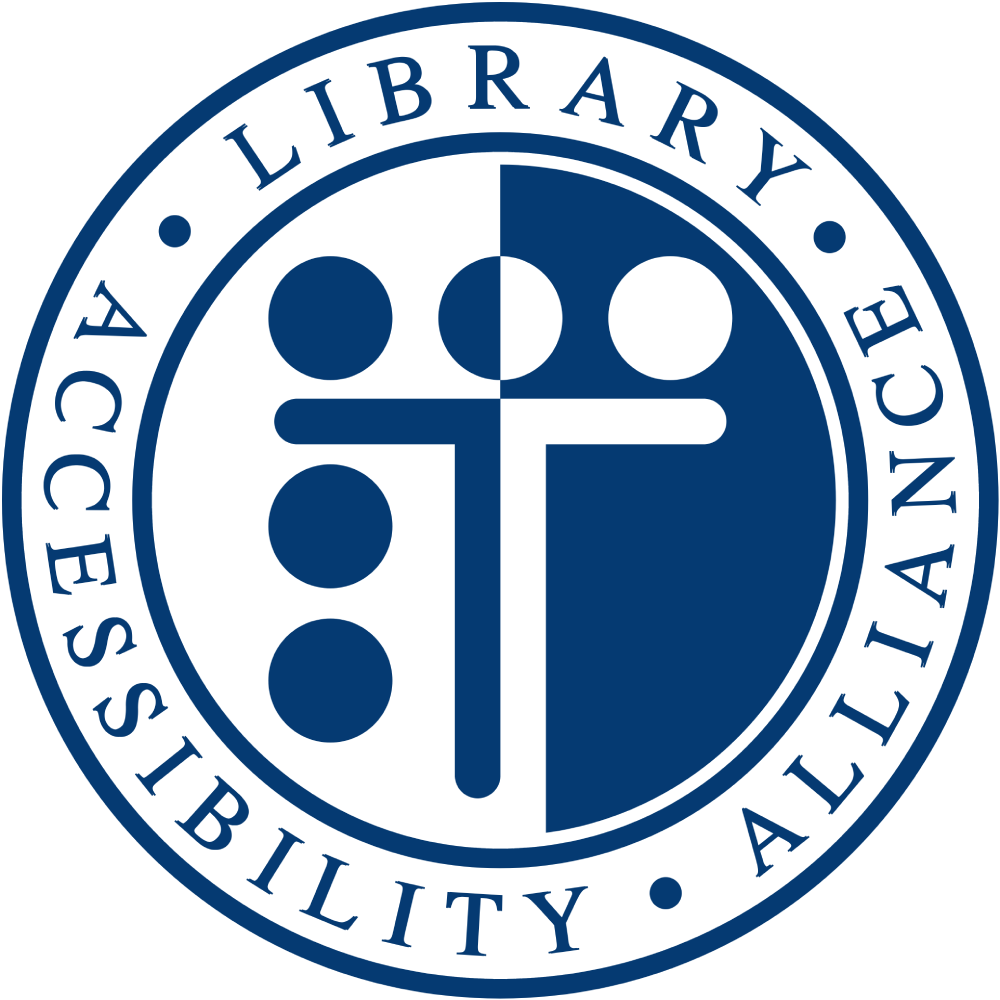The Kanopy platform continues to present several accessibility barriers that impact users relying on assistive technologies. While improvements have been made since the 2021 evaluation, several critical issues persist, especially regarding keyboard navigation, proper structure, and screen reader compatibility. Screen readers and keyboard-only users will encounter significant challenges when navigating the site, searching for videos, using filtering options, and accessing video content. These issues create unnecessary barriers that make the platform challenging to use independently for people with disabilities. Addressing these concerns would significantly improve the experience for persons with disabilities and users of assistive technology by providing equal access to educational and entertainment content through the Kanopy service.
Top 3 Issues
Inaccessible Browse Menu Navigation
- Brief description: The browse menu has inconsistent keyboard navigation, with different behaviors when using tab versus arrow keys, and a partial keyboard trap where users can get stuck in the menu.
- Impact: Users with motor disabilities who rely on keyboard navigation and screen reader users with visual impairments cannot effectively navigate the browse section.
- WCAG Success Criteria: 2.1.1 Keyboard (A), 2.1.2 No Keyboard Trap (A), 4.1.2 Name, Role, Value (A)
Improper Carousel Implementation
- Carousels lack proper region announcements, list structure, and slide selection capabilities. Interactive elements within carousels often lack proper labeling.
- Impact: Screen reader users cannot understand carousel content organization or efficiently navigate through carousel items. Users with cognitive disabilities may struggle to understand the carousel content and controls.
- WCAG Success Criteria: 1.3.1 Info and Relationships (A), 4.1.2 Name, Role, Value (A), 2.4.6 Headings and Labels (AA)
Inadequate Filter and Search Results Functionality
- Search filters lack a submit button, automatically update results without notification, and are not properly structured as form controls with appropriate grouping.
- Impact: Screen reader and keyboard-only users cannot easily apply filters or understand when search results have changed. Users with cognitive disabilities may be confused by the automatic updating of content.
- WCAG Success Criteria: 3.2.2 On Input (A), 4.1.3 Status Messages (AA), 1.3.1 Info and Relationships (A)
Disabilities Impacted
Blind and Low-Vision Users
- Issues: Missing alt-text for images, improperly structured headings, inaccessible carousels, unclear button labels, and lack of status messages when content changes.
- Impact: Screen reader users cannot understand the meaning of graphics and images throughout the site. The lack of proper heading structure makes navigating the content difficult. Automatic content changes without notifications make it challenging to understand when new search results or filtered content appears.
Users with Motor Disabilities
- Issues: Partial keyboard trap in browse menu, inconsistent keyboard navigation patterns, lack of visible focus indicators in some areas, and automatic content updates without a submit button.
- Impact: Keyboard-only users may get trapped in certain sections of the site, and inconsistent keyboard navigation patterns make it difficult to predict how to move through the interface. The lack of a filter submit button requires unnecessary tab navigation to apply changes.
Neurodiverse Users
- Issues: Inconsistent heading structure, lack of clear status messages for content changes, and poor organization of related content within proper containers.
- Impact: Poor content structure and organization may disorient users with cognitive disabilities. The lack of clear feedback when content changes makes it difficult to track the results of user actions. Inconsistent patterns across the site increase the cognitive load required to use the platform.
Recommended Fixes
- Implement a proper skip link to bypass navigation and reach main content
- Fix the browse menu navigation to eliminate the keyboard trap and provide consistent keyboard behavior
- Restructure carousels to use proper list markup and provide clear, labeled controls
- Add a submit button for filters on the search results page and provide clear status messages when results update
- Implement proper tab and tab panel structure for device selection options
- Fix heading level hierarchy throughout the site to follow a logical order
- Improve alt text for graphics and images across the site
- Add proper status messages for search results and filter changes
 Library Accessibility Alliance
Library Accessibility Alliance